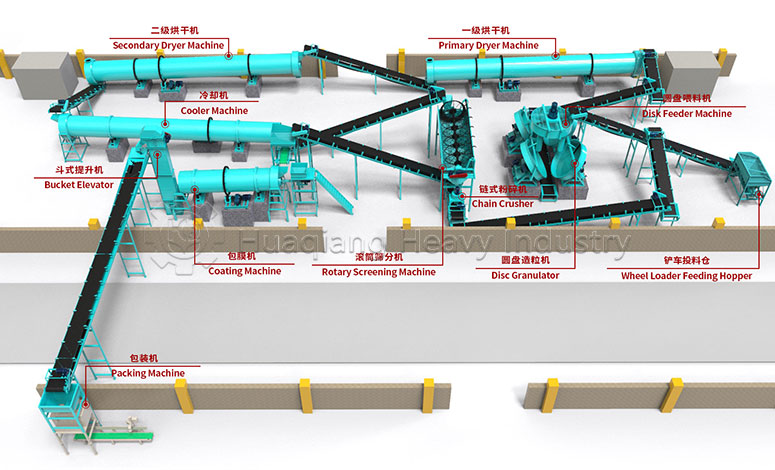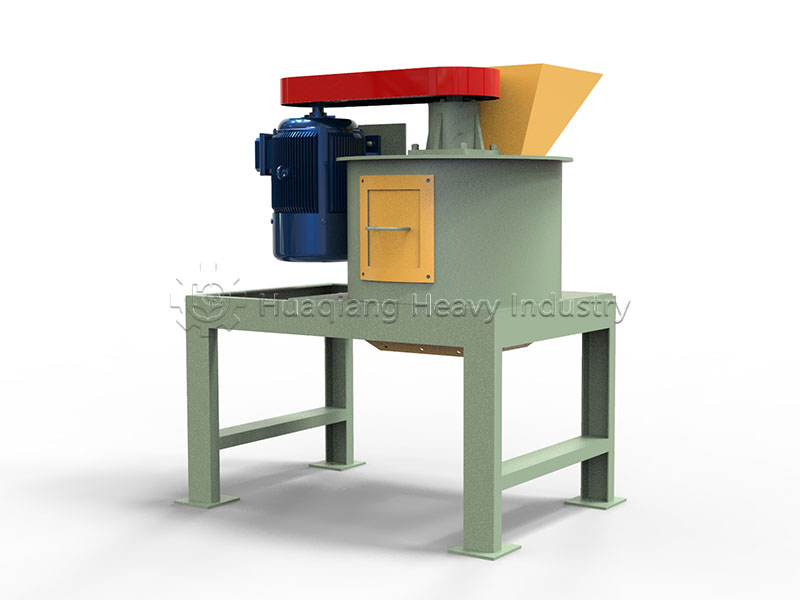On the stage of organic fertilizer production, the double roller press granulator is showcasing its unique value in a low-key yet highly efficient manner.
Walking through the fermentation zone, you’ll see a windrow compost turning machine working methodically. It continuously turns and aerates the mixture, preparing fully decomposed raw materials for subsequent processes. These materials are then transported to the next stage.
Here, the double roller press granulator begins its performance. Without high-temperature heating or the addition of binders, it directly compresses powdery materials into uniform granules through two precisely matched rollers. The entire process is clean and efficient, with a satisfactory granule formation rate and uniform particle size for easy packaging and application.

This granulation method represents the development direction of new type organic fertilizer granulators, pursuing lower energy consumption, a simplified process, and more stable quality. Under the extrusion of the rollers, strong molecular bonding forces are generated between the raw material particles, forming robust granules that ensure the product is not easily broken during transportation and storage.
Modern bio-organic fertilizer equipment emphasizes the continuity and automation of the production process, and the double roller press granulator perfectly embodies this concept. Its simple structural design, convenient operation, and seamless integration with upstream and downstream processes provide a reliable guarantee for the production of high-quality bio-organic fertilizer.
From the fermentation preparation by the windrow compost turning machine to the precise molding by the double roller press, and then to the subsequent finishing processes, these devices together constitute the complete picture of modern organic fertilizer production.







